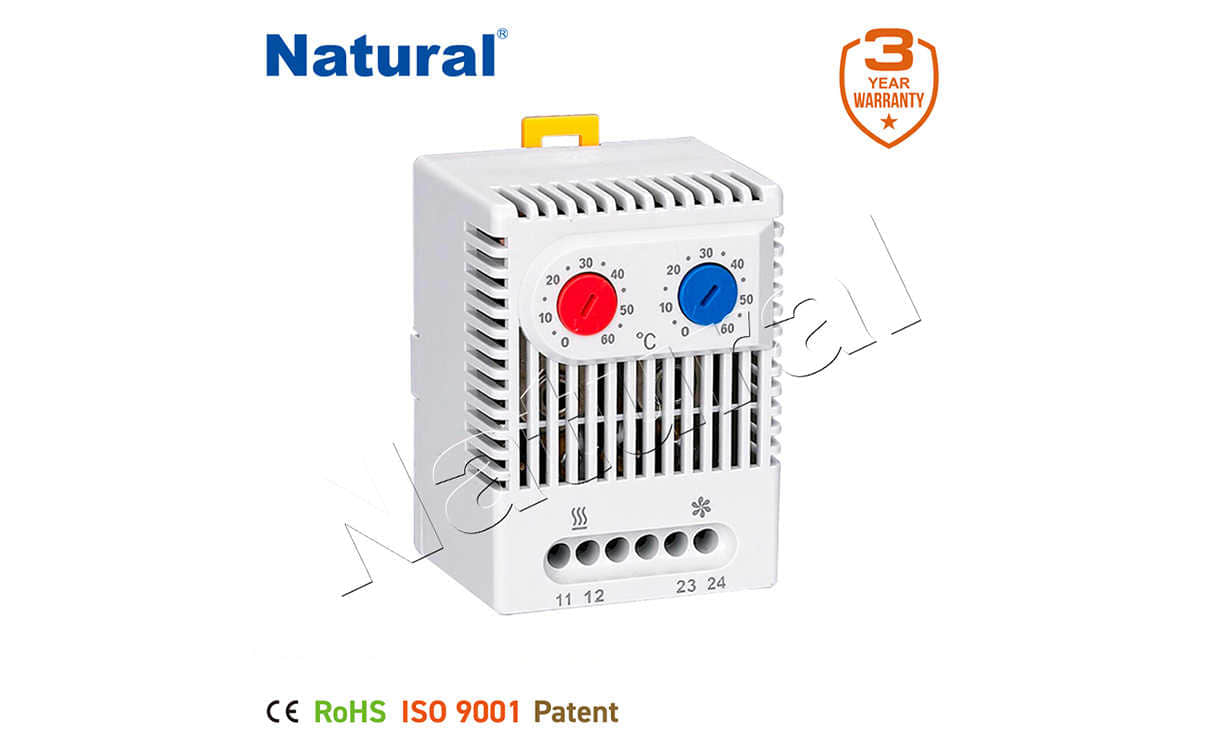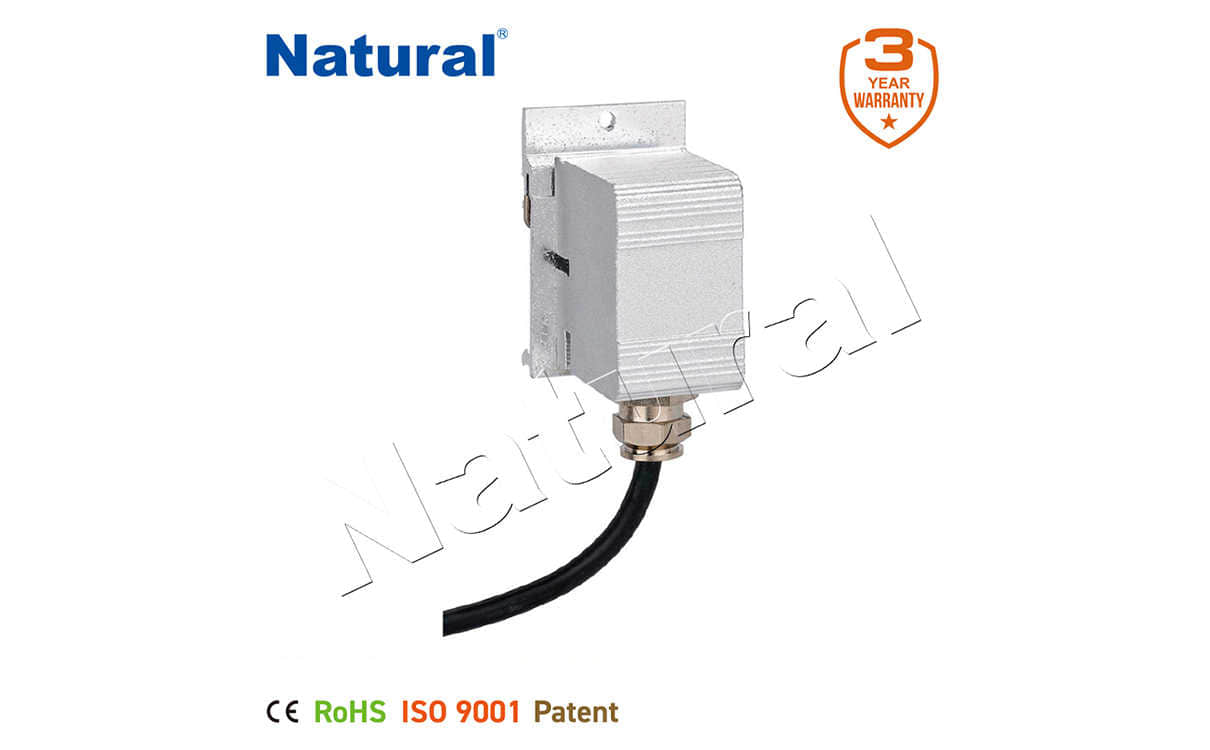the natural benefits of bimetal thermostats: a reliable and eco-friendly solution
Release time:2025-03-21 16:02:21
A bimetal thermostat is a mechanical device widely used in various heating and cooling systems. It consists of two different types of metals that are bonded together. These metals expand and contract at different rates when exposed to temperature changes, which is the fundamental principle behind its operation. Though the mechanism may sound simple, it plays a crucial role in regulating temperature, ensuring optimal performance and energy efficiency in appliances like refrigerators, ovens, air conditioners, and industrial systems. The advantages of using bimetal thermostats extend beyond just functionality, as they offer a natural and eco-friendly solution for temperature control.

How Bimetal Thermostats Work
At the core of a bimetal thermostat is the bimetallic strip, which is typically made from two metals with different coefficients of thermal expansion. When the temperature increases, one metal expands faster than the other, causing the bimetallic strip to bend. This bending action activates or deactivates a switch, turning a system on or off to regulate the temperature. As the temperature decreases, the strip returns to its original position, ensuring that the system is regulated at the desired set point. The simplicity of this design makes bimetal thermostats not only reliable but also low-maintenance.


 28 items Patent
28 items Patent
 28 items Patent
28 items Patent
 28 items Patent
28 items Patent










